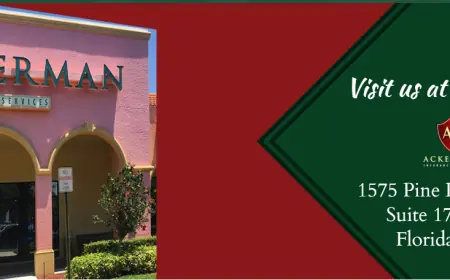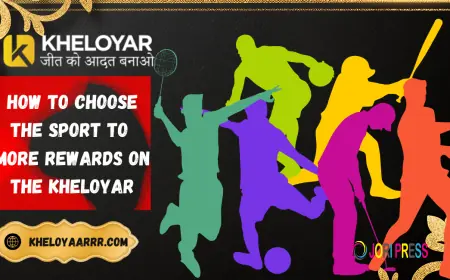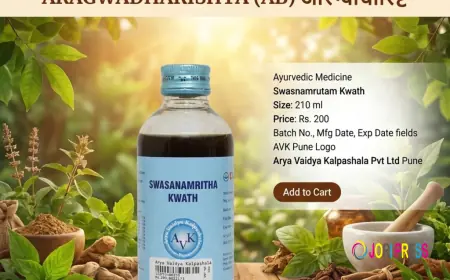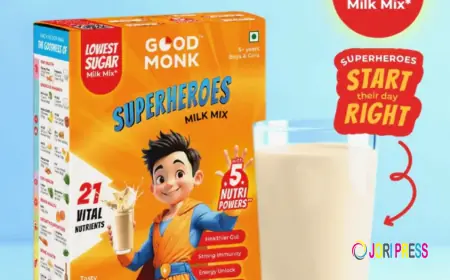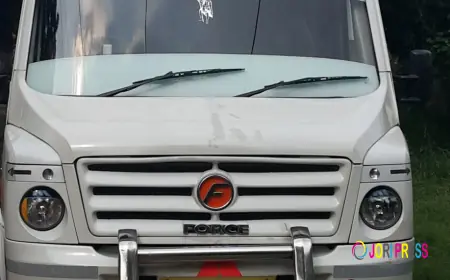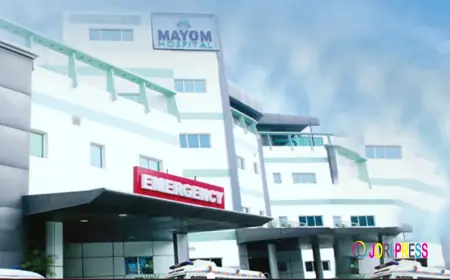The Role and Value of a Car Mechanic and Roadside Assistance Services
The Role and Value of a Car Mechanic and Roadside Assistance Services
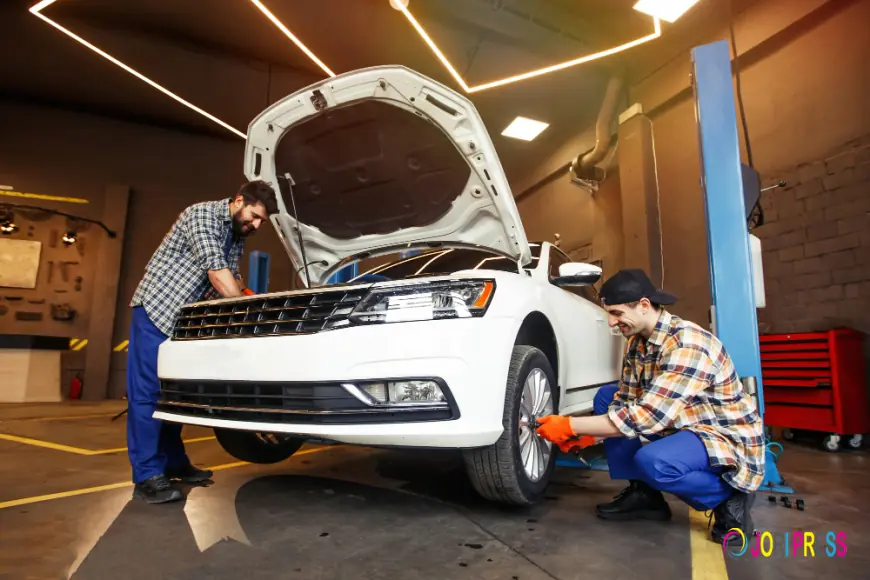
The Role and Value of a Car Mechanic and Roadside Assistance Services
In the daily ebb and flow of life, our vehicles serve as silent workhorses. Whether commuting to work, driving to see loved ones, or carrying goods, our cars and motor vehicles are essential. But what happens when mechanical failure strikes unexpectedly? That’s where the expertise of a car mechanic and the support of a roadside assistance / helpline service become invaluable.
Understanding the Car Mechanic’s Profession
A car mechanic (also called an auto mechanic, automotive technician, or auto repair specialist) is a professional trained to diagnose, inspect, maintain, and repair automobiles. Their technical scope covers:
-
Routine maintenance (oil changes, fluid top-ups, filter replacements)
-
Mechanical inspections (brakes, gears, suspension)
-
Electrical and electronic system checks (battery, alternator, wiring, ECU diagnostics)
-
Component repairs or replacements (engine parts, transmissions, belts, hoses)
-
Emergency repair work (on-site repair, towing, temporary patch-ups)
A good mechanic combines technical knowledge with problem-solving, diagnostic tools, and hands-on skills. They often refer to manufacturer service manuals and use diagnostic scanners to interpret error codes, especially in modern vehicles.
Mechanics work in garages, service centers, and increasingly, in mobile auto-repair units that can reach a client’s location. Their job is not just to fix faults but also to maintain vehicles in safe, efficient condition, prolonging vehicle life and ensuring reliability.
The Need for Roadside Assistance and Helpline Services
Even with excellent maintenance, unexpected issues can surface—flat tires, battery failures, running out of fuel, lockouts, overheating, or accidents. For many motorists, being stranded can be stressful, risky, or time-consuming.
That’s where roadside assistance or helpline services step in. These services are designed to provide timely help when a vehicle cannot continue safely under its own power. Some key features and benefits:
-
24/7 availability: Emergencies don’t wait, so services must be accessible anytime.
-
Network of mobile mechanics: Technicians dispatched to the location of the breakdown.
-
Towing services: If the issue cannot be fixed on the spot, the car is towed to a workshop.
-
Minor repairs or jump starts: Tasks like replacing a flat tire, jump-starting dead batteries, or fuel delivery.
-
Remote support and helpline: Guidance over phone, diagnostics advice, coordination.
-
Coverage plans: Many services are subscription-based or bundled with insurance, offering peace of mind.
One such enterprise is Crossroads Helpline, which positions itself as a 24×7 roadside assistance and helpline provider. Based on their web presence, they facilitate access to “nearby mechanics” and emergency support when you’re stranded.
How Crossroads Helpline Adds Value
Based on the limited publicly available information, here is how Crossroads Helpline appears to function and how it contributes to the ecosystem of automotive care:
-
Immediate Accessibility
When a vehicle breaks down, a customer can reach out to Crossroads Helpline. Through their network and databases, they find and dispatch the nearest mechanic to your location. This reduces wait time and stress.
-
Leveraging Local Mechanic Networks
Instead of maintaining a fleet of mechanics of its own everywhere, Crossroads Helpline seems to act as a coordinating platform. They connect stranded motorists with mechanics in the vicinity, optimizing for speed and geographic coverage.
-
Comprehensive Assistance
The service handles not only mechanical breakdowns but also associated tasks: towing (if repair isn’t feasible at spot), emergency services, and helpline support to guide users while help is on the way.
-
Scalable Model
Having a decentralized network makes scaling easier; the service can expand to new cities by partnering with local auto technicians, workshops, and service providers.
-
Customer Assurance & Trust
Knowing there’s 24/7 backup helps motorists feel safer, especially during long drives, night travel, or routes with fewer workshops.
Typical Scenarios Where Mechanics and Helpline Services Save the Day
Here are a few real-world situations:
-
After work, in a dimly lit lane — Your battery dies. You call for assistance; a nearby mechanic is dispatched, jump-starts or replaces the battery, and you’re back on the road.
-
Out on a highway, far from garage clusters — A tire punctures beyond patchable condition. Tow-truck via helpline brings you to the nearest workshop.
-
Dashboard warning lights in unfamiliar territory — You call the helpline; they guide preliminary checks, send a technician, help you reach a vetted garage.
-
Overheating in summer heat — The helpline connects you to a technician who carries coolant or inspects cooling system components on the spot.
The Challenges and Considerations
Operating in the mechanic / helpline space presents several challenges:
-
Response Time & Coverage
To be credible, the service must maintain enough network coverage so that response times are acceptable, even in remote areas.
-
Quality Control & Trustworthiness
Customers must trust that the mechanics dispatched are competent, honest, and use genuine parts. Vetting partner mechanics is crucial.
-
Liability & Warranty
When a dispatched mechanic performs repairs, what guarantees apply? Who bears responsibility for errors or subsequent failures?
-
Pricing Transparency
Emergency work often comes at premiums; customers should know pricing models in advance or have clear policies to prevent surprise bills.
-
Integrating Technology
Efficient dispatching requires GPS, mapping, communication apps, real-time tracking, diagnostic data sharing, etc.
-
Scalable Logistics
Handling surges in requests (e.g. in bad weather, mass breakdowns) demands scalable infrastructure and backup resources.
Best Practices for a Mechanic + Helpline Business Model
If a company (like Crossroads Helpline) really wants to excel in this field, it should consider:
-
Robust Network Creation & Vetting
Build a large, verified network of mobile mechanics and workshops. Include ratings, audits, sample works, and feedback loops.
-
Smart Dispatch Algorithms
Use GIS, traffic data, and mechanic availability to assign the best resource. Provide ETA tracking to users.
-
Transparent Pricing & Tiered Plans
Offer membership or subscription models (yearly roadside assistance). Also allow ad hoc calls with transparent estimates.
-
Technology Integration
-
Mobile app for users to request service, see mechanic approach, pay digitally
-
Dashboard for mechanics showing assignments, route, tools needed
-
Diagnostic tools to transmit error codes remotely
-
Customer Support & Helpline
24/7 call centers that can triage, guide, calm, dispatch, and track requests.
-
Training & Standardization
Provide training modules to partner mechanics to standardize service protocols, safety standards, parts usage.
-
Quality Assurance & Feedback
After service, collect ratings, feedback, and perform spot checks or audits on performance.
-
Insurance and Legal Frameworks
Define liability covers; ensure legal indemnities; work with automobile insurance firms to bundle services.
-
Marketing & Awareness
Many motorists are not aware of roadside assistance. Use campaigns, partnerships (car dealers, insurance companies), mobile apps, or coupons to increase subscriptions or usage.
-
Scalability Planning
Expand region by region; ensure redundancy in high-demand zones, seasonal peaks, etc.
Why a Motorist Should Care
-
Safety & Peace of Mind
Being stranded can be dangerous (on highways, isolated roads). Having a helpline reduces risk.
-
Time & Convenience
Rather than hunting for a workshop, a driver gets assistance at their location.
-
Cost Control
Through membership models and pre-vetting, you avoid overcharged emergency work.
-
Vehicle Health & Longevity
Timely repairs reduce further damage; a good mechanic can spot issues early.
-
Roadside Support Network
In unfamiliar areas, the helpline becomes your local guide to quality mechanics.
Future Trends & Innovations
-
Telematics & Connected Vehicles
Cars sending real-time diagnostic alerts to helpline systems, enabling proactive dispatching.
-
Autonomous or Self-diagnosing Cars
In future, vehicles may auto-call assistance or drive themselves to workshops.
-
Drones & Robotics for Assistance
Imagine flying delivery of tools, parts, or battery packs to remote stranded vehicles.
-
Predictive Maintenance using AI
Based on usage data, drivers might be warned ahead of failure to avoid breakdowns.
-
Integration with Insurance & OEMs
Automakers or insurers might bundle roadside service directly with vehicle purchase or policies.
Conclusion
The car mechanic is a bedrock of vehicle usability, keeping our cars running safely, reliably, and efficiently. But in moments when things go wrong — in the dead of night, on remote roads, or when immediate repairs are needed — a well-structured roadside helpline and mechanic dispatch service becomes invaluable. A platform like Crossroads Helpline aims to bridge the gap between stranded motorists and local mechanical expertise, offering timely help, guidance, and support.
If such a service is well-managed, technologically integrated, and broadly spread, it can transform the experience of vehicle breakdown from a stressful ordeal into a manageable inconvenience. For motorists, the assurance that help is just a call away adds confidence and safety to every journey.
What's Your Reaction?
 Like
0
Like
0
 Dislike
0
Dislike
0
 Love
0
Love
0
 Funny
0
Funny
0
 Angry
0
Angry
0
 Sad
0
Sad
0
 Wow
0
Wow
0
